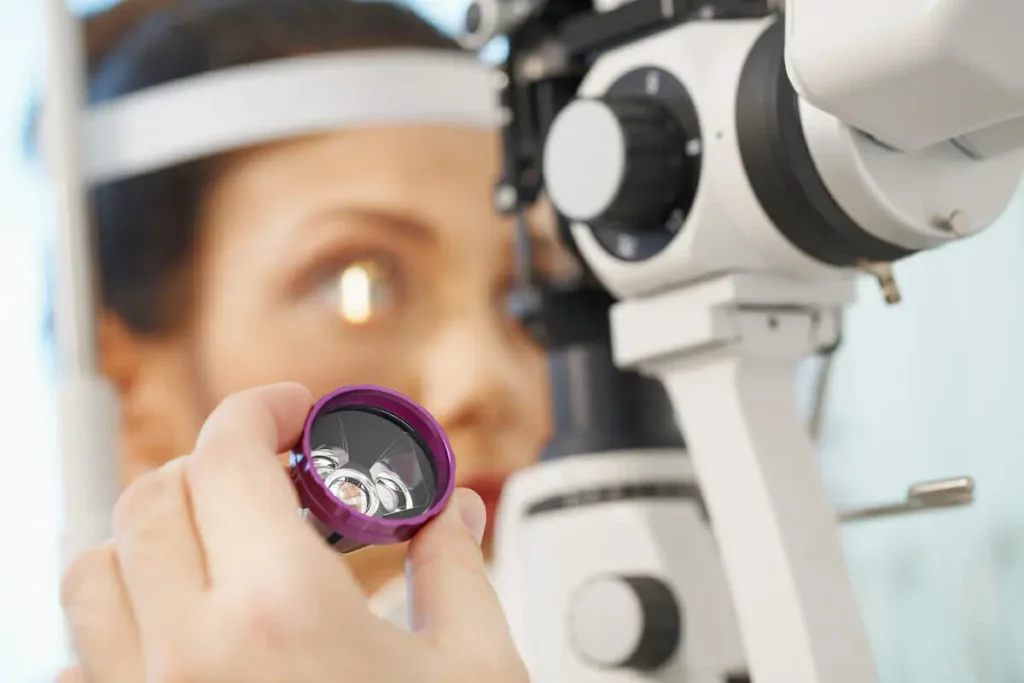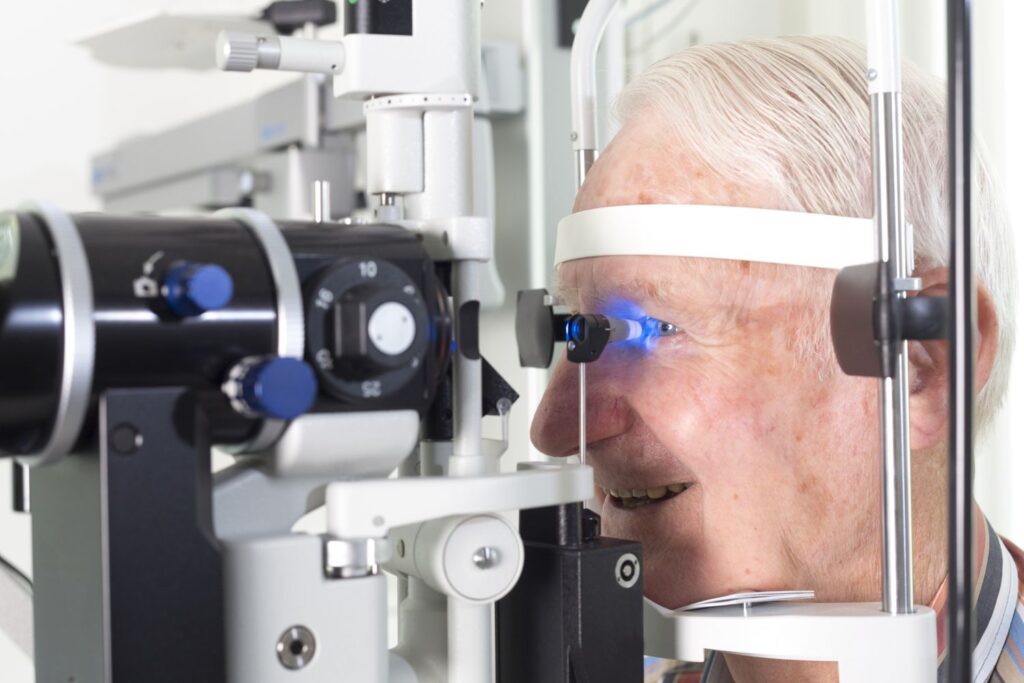Glaucoma is one of the leading causes of blindness worldwide, and early detection is key in preserving sight. Regular eye tests play a crucial role in identifying the disease in its early stages, allowing for timely intervention and management. In this article, we will explore the nature of glaucoma, the importance of routine eye examinations, and the potential benefits of early detection.
Understanding glaucoma: A brief overview
Glaucoma is a group of eye conditions that damage the optic nerve, often due to elevated intraocular pressure. It is often asymptomatic in its early stages, which means many individuals are unaware they have the condition until significant damage has occurred. Understanding the types of glaucoma and their implications is vital for effective management.
In conclusion, awareness and understanding of glaucoma’s nature, the critical role of regular eye test glaucoma, and the benefits of early detection cannot be overstated. Prioritising eye health through regular check-ups is essential for preserving vision and preventing the long-term consequences associated with this potentially devastating condition.

What is glaucoma?
Glaucoma primarily affects peripheral vision and can lead to total vision loss if untreated. The pressure in the eye can increase due to an imbalance between the production and drainage of aqueous humour, the fluid that fills the eye. This condition is particularly common in older adults but can occur at any age. The gradual nature of the vision loss associated with glaucoma can often lead to individuals not realising the extent of their impairment until it is too late, underscoring the importance of regular eye examinations, especially for those at higher risk.
The different types of glaucoma
There are several types of glaucoma, the most common being primary open-angle glaucoma (POAG), angle-closure glaucoma, normal-tension glaucoma, and congenital glaucoma. Each type has unique characteristics and may require different treatment approaches:
- Primary Open-Angle Glaucoma (POAG): Most common form, with no obvious symptoms until advanced stages.
- Angle-Closure Glaucoma: A less common type that occurs suddenly and is often accompanied by intense pain, nausea, and visual disturbances.
- Normal-Tension Glaucoma: Optic nerve damage occurs even with normal eye pressure; the cause is not fully understood.
- Congenital Glaucoma: Occurs in infants and young children due to abnormal eye development.
In addition to these primary types, there are also secondary glaucomas, which can develop as a result of other medical conditions or eye injuries. For instance, conditions such as diabetes or hypertension can contribute to the risk of developing glaucoma. Furthermore, prolonged use of corticosteroids has been associated with increased intraocular pressure, making awareness of medication side effects crucial for those at risk. Regular eye check-ups, particularly for those with a family history of the disease, can aid in early detection and treatment, which is essential for preserving vision.
Moreover, lifestyle factors can also play a role in the management and progression of glaucoma. Research suggests that maintaining a healthy diet rich in antioxidants, engaging in regular physical activity, and managing stress levels can potentially benefit eye health. Patients are often encouraged to discuss their overall health and lifestyle choices with their eye care professionals, as these factors can influence both the effectiveness of treatment and the overall well-being of the individual. Understanding the multifaceted nature of glaucoma not only aids in its management but also empowers patients to take an active role in their eye health.
Read about symptom of glaucoma at: Understanding Glaucoma Symptoms and Treatment for Early Detection
The role of regular eye tests in glaucoma detection
Regular eye examinations are critical for the early detection of glaucoma. Eye care professionals utilise various tests to assess the health of the optic nerve and monitor intraocular pressure over time. Accurate and timely diagnosis can make a significant difference in the management of the condition. Glaucoma, often referred to as the “silent thief of sight,” can progress without noticeable symptoms until significant damage has occurred, making these routine checks essential for preserving vision.
In addition to the standard tests, advancements in technology have introduced more sophisticated methods for detecting glaucoma. Optical coherence tomography (OCT) is one such innovation that provides detailed cross-sectional images of the retina, allowing for the early identification of changes that may indicate glaucoma. These developments underscore the importance of not only regular eye tests but also staying informed about the latest diagnostic tools available, which can enhance the accuracy of assessments and lead to better outcomes for patients.
How eye tests can detect glaucoma
During an eye test, several assessments can indicate whether someone is at risk for glaucoma. These include measuring intraocular pressure using tonometry, examining the optic nerve for signs of damage through ophthalmoscopy, and testing the visual field to assess peripheral vision loss. Each of these tests plays a pivotal role in forming a comprehensive picture of an individual’s eye health. For instance, the visual field test is particularly important as it helps detect any blind spots that may not be apparent in everyday vision, which could signal the onset of glaucoma. Read more about pressure on https://www.princeton.edu/~asmits/Bicycle_web/pressure.html
Moreover, eye care professionals may also consider additional factors such as corneal thickness and the overall health of the eye when evaluating glaucoma risk. A thinner cornea can be associated with a higher likelihood of developing the condition, prompting further investigation. This multifaceted approach ensures that even subtle indicators are not overlooked, allowing for a more proactive stance in managing eye health and preventing the progression of glaucoma.
The frequency of eye tests needed for glaucoma
The frequency of eye examinations depends on age, risk factors, and overall eye health. Generally, adults should have a comprehensive eye examination every two years, while those at higher risk, such as individuals with a family history of glaucoma, may require annual examinations. It is also advisable for individuals over the age of 40 to begin regular screenings, as the risk of developing glaucoma increases with age.
In addition to age and family history, other risk factors such as high blood pressure, diabetes, and prolonged use of corticosteroid medications can also necessitate more frequent eye tests. Those with these conditions should consult with their eye care professional to determine an appropriate schedule for examinations. Staying vigilant about eye health through regular testing not only aids in the early detection of glaucoma but also fosters a greater understanding of one’s overall health, as many systemic conditions can manifest through changes in vision.
The potential consequences of undetected glaucoma
The consequences of neglecting regular eye checks can be dire. If glaucoma goes undetected, irreversible damage to the optic nerve can occur, leading to permanent vision loss. Early treatment often focuses on reducing intraocular pressure to prevent further damage.
The impact of glaucoma on vision
As glaucoma progresses, individuals may experience a gradual loss of peripheral vision, which can severely impact daily activities such as driving, reading, and even recognising faces. Eventually, if left untreated, it can lead to tunnel vision and total blindness. This gradual decline in vision can be particularly distressing, as many individuals may not notice the changes until significant damage has already occurred. The subtlety of the symptoms often leads to a false sense of security, which can result in a delay in seeking necessary medical intervention.
Long-term health implications of untreated glaucoma
Beyond vision loss, untreated glaucoma can have broader health implications. The psychological impact of losing one’s sight, including anxiety, depression, and a decreased quality of life, cannot be underestimated. Moreover, managing other health conditions may become more challenging for those with severe vision impairment. The loss of independence that often accompanies vision loss can lead to feelings of isolation and helplessness, as individuals may find it increasingly difficult to navigate their environments without assistance. Additionally, the financial burden associated with treatment and potential adaptations to living spaces can further exacerbate the stress experienced by those affected by glaucoma.
Furthermore, the social implications of untreated glaucoma can ripple through a person’s life, affecting relationships with family and friends. As individuals struggle with their vision, they may withdraw from social activities, leading to a sense of loneliness and disconnection. This withdrawal can create a vicious cycle, as the lack of social interaction can worsen mental health issues, making it even more challenging to seek help or engage in treatment. Education about the importance of regular eye examinations and the potential risks of glaucoma is crucial, not only for early detection but also for fostering a supportive community around those affected by this condition.
The process of a glaucoma eye examination
A glaucoma eye examination is a relatively straightforward process. Patients can expect a comprehensive evaluation of their eye health, during which the eye care professional will conduct several tests to assess the risk of glaucoma.
What to expect during an eye test
During a typical eye examination, the optometrist will first review your medical history and any risk factors associated with eye health. Following this, they will conduct tests that include measuring your visual acuity, examining the front structures of the eye, and performing a dilated eye exam to view the optic nerve more clearly. It is important to note that the dilation process may cause temporary blurriness and sensitivity to light, so patients are often advised to bring sunglasses or arrange for transportation home after the appointment. Click here to find more about dilation.
In addition to these initial assessments, the optometrist may also perform tonometry, which measures the intraocular pressure (IOP) within the eye. Elevated IOP can be a significant indicator of glaucoma, and this test is typically quick and painless. The optometrist may use a device that gently puffs a small amount of air onto the eye or a more traditional method involving a small probe. Understanding these steps can help alleviate any anxiety patients may feel about the examination process.
The technology used in glaucoma detection
Advancements in technology have improved the methods used in glaucoma detection. Tools such as Optical Coherence Tomography (OCT), which provides detailed images of the optic nerve and retinal layers, and perimeter tests that map visual field loss, are increasingly being utilised to enhance the accuracy of diagnoses. These technologies allow for a more nuanced understanding of the eye’s health, enabling practitioners to detect subtle changes that may indicate the early stages of glaucoma.
Moreover, the integration of artificial intelligence in analysing the data from these tests is revolutionising the field. AI algorithms can assist in identifying patterns and anomalies that may be overlooked by the human eye, thus improving early detection rates. This is particularly crucial as glaucoma often develops without noticeable symptoms until significant damage has occurred. As a result, patients are encouraged to have regular eye examinations, especially if they have a family history of the condition or other risk factors, to ensure timely intervention and management of their eye health.

The benefits of early glaucoma detection
Detecting glaucoma early can significantly impact treatment success and quality of life. By scheduling regular eye exams, individuals can ensure that any signs of the disease are promptly addressed.
How early detection can preserve vision
When glaucoma is detected in its early stages, treatment options are more effective at preventing vision loss. Management may include prescription eye drops, laser treatment, or surgery. The earlier the condition is identified, the better the chances of preserving sight.
The role of early detection in treatment planning
Having a clear understanding of the extent of glaucoma can help healthcare professionals devise a tailored treatment plan. Regular examinations allow for ongoing assessment of the condition, enabling adjustments to treatment as necessary. This proactive approach aims to maintain optimal eye health and overall well-being.

